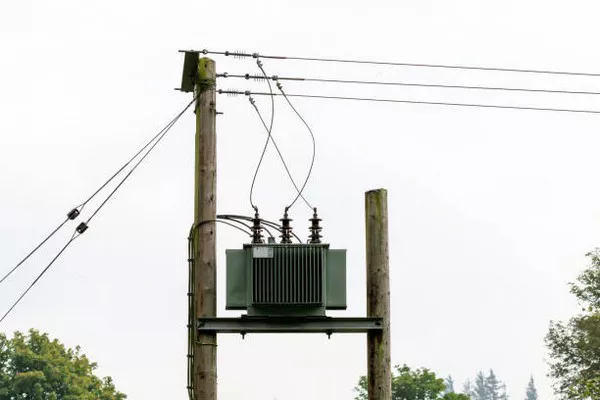In recent years, transformer architectures have revolutionized the field of natural language processing (NLP) and machine learning, proving their effectiveness in various tasks such as language translation, sentiment analysis, and image recognition. Among the innovative features contributing to the success of transformers, Residual Memory Units (RMU) play a crucial role. In this article, we will delve into what RMUs in transformer are and how they enhance the capabilities of transformers.
The Evolution of Transformers
Transformers, introduced by Vaswani et al. in their seminal paper “Attention is All You Need” in 2017, marked a paradigm shift in NLP models. Unlike traditional recurrent or convolutional architectures, transformers rely on self-attention mechanisms, enabling them to capture long-range dependencies in data more effectively. The key components of transformers include self-attention layers, feedforward layers, and positional encoding.
Understanding Residual Memory Units
Residual Memory Units, commonly referred to as RMUs, were introduced as an extension to the original transformer architecture to address certain limitations. The primary purpose of RMUs is to enhance the memory and context retention capabilities of the model, allowing it to better capture information from past layers and improve overall performance.
RMUs are strategically placed within the transformer architecture to serve as memory modules that store relevant information for future computation. These units enable the model to retain important features and contextual information from earlier layers, preventing the loss of valuable data during the forward pass.
The Architecture of RMUs
RMUs are typically integrated into the transformer architecture between self-attention and feedforward layers. This strategic placement ensures that the model can leverage the information stored in the residual memory while making predictions in subsequent layers.
The structure of an RMU consists of a memory cell, update gate, and reset gate. The memory cell stores information from previous layers, the update gate determines how much of the new information should be integrated into the memory cell, and the reset gate decides how much of the existing information should be discarded.
Advantages of RMUs
Long-Term Dependency Handling:
One of the primary advantages of RMUs is their ability to capture long-term dependencies in data. Traditional transformers may struggle with maintaining relevant context over extended sequences, but RMUs mitigate this issue by preserving crucial information from earlier layers.
Improved Training Stability:
RMUs contribute to the stability of the training process by preventing the vanishing or exploding gradient problems. The residual connections within RMUs allow for smoother gradient flow during backpropagation, facilitating more stable and efficient model training.
Enhanced Contextual Understanding:
By retaining information from past layers, RMUs enable transformers to have a more comprehensive understanding of the context in which a given token or feature occurs. This leads to improved model performance in tasks requiring nuanced contextual understanding, such as language translation and sentiment analysis.
Increased Model Capacity:
RMUs effectively increase the model’s capacity to retain and process information, allowing it to handle more complex tasks and datasets. This expanded capacity is particularly beneficial in scenarios where the model needs to learn intricate patterns or relationships within the data.
Case Studies and Applications
Several studies have demonstrated the effectiveness of RMUs in various applications. For instance, in machine translation tasks, transformers equipped with RMUs have shown superior performance in capturing context and preserving relevant information over longer sentences. Similarly, in image recognition tasks, models incorporating RMUs have exhibited improved accuracy in recognizing objects within a scene by maintaining a more extended memory of features.
See also What Is Inside A Electrical Transformer
Conclusion
Residual Memory Units have emerged as a valuable extension to transformer architectures, addressing limitations related to context retention and long-term dependency handling. By strategically placing RMUs within the model, researchers and practitioners have unlocked new possibilities for transformers in tackling complex tasks across different domains.
As transformer-based models continue to evolve, the role of RMUs in enhancing their memory and contextual understanding capabilities will likely become more prominent. Researchers are actively exploring variations of RMUs and their impact on model performance, paving the way for further advancements in the field of deep learning. As we move forward, understanding and leveraging the potential of RMUs will be essential for pushing the boundaries of what transformers can achieve in the realm of artificial intelligence.


